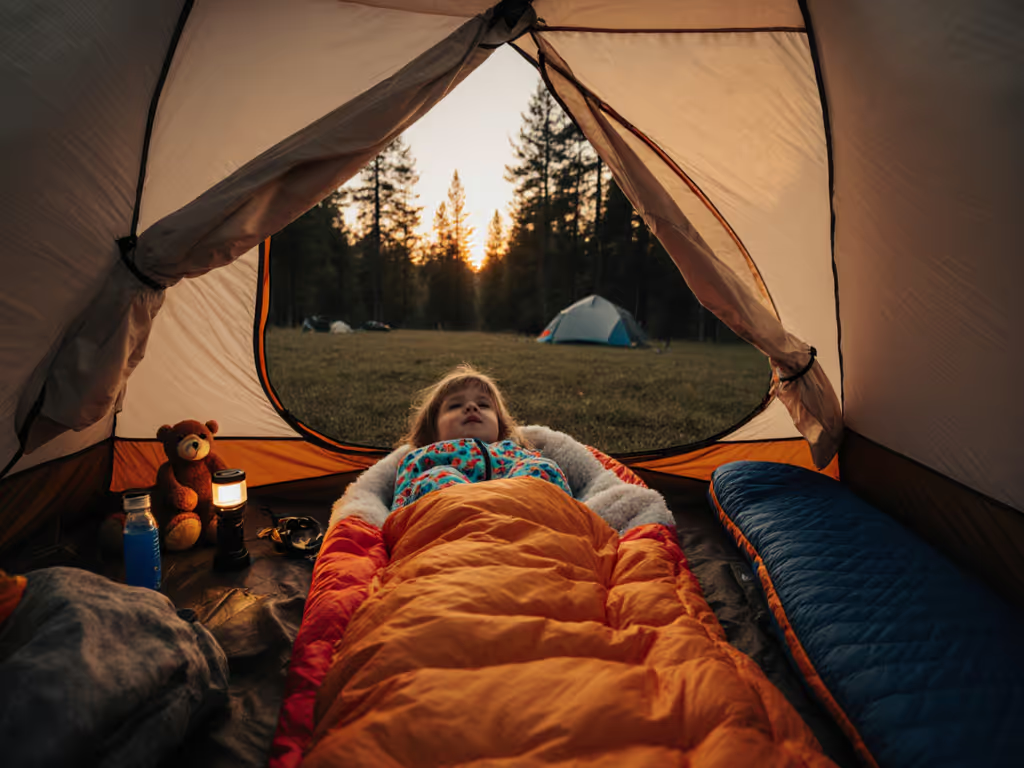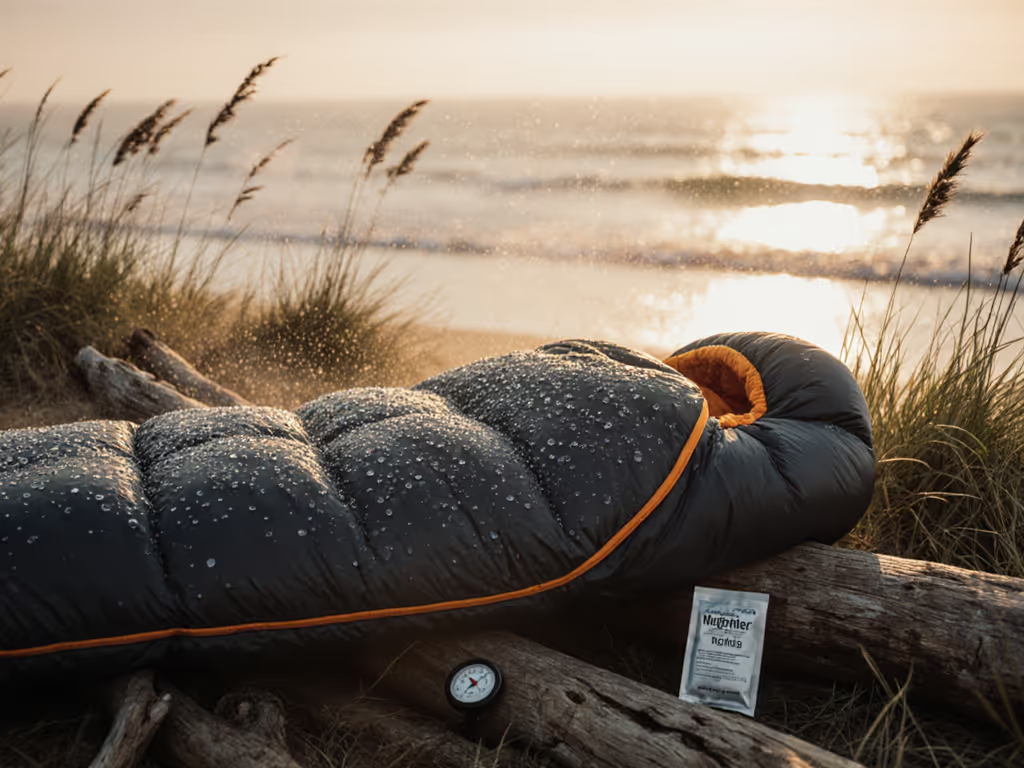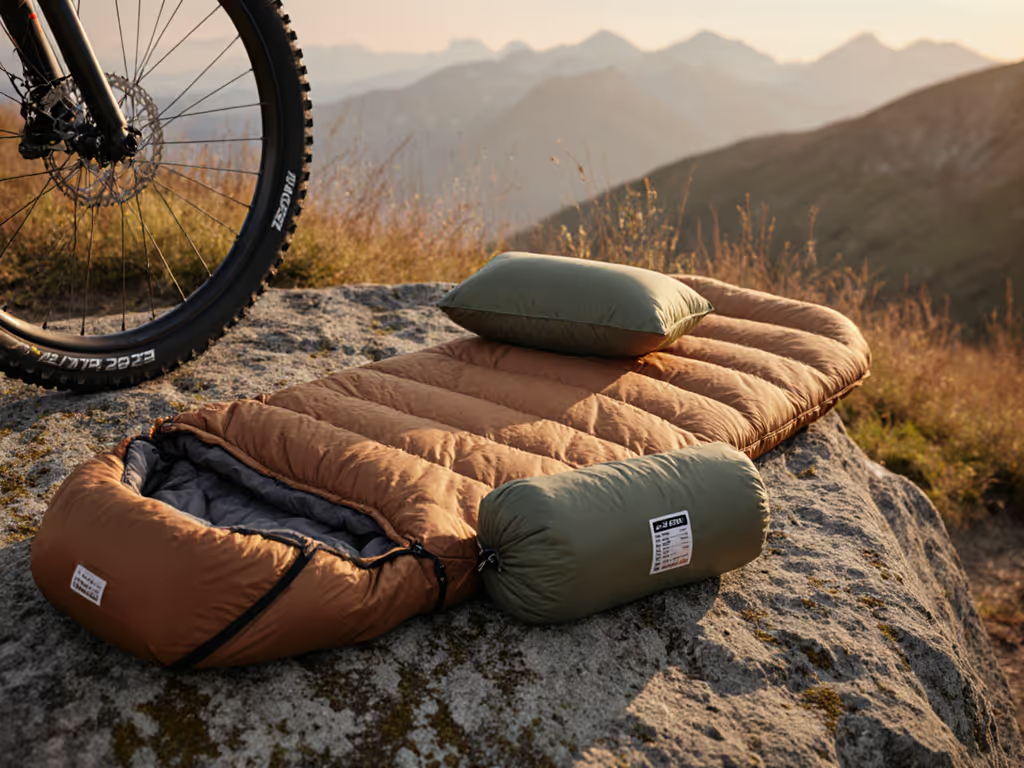
2022 Ultralight Backpacking Gear: The Complete Checklist for Choosing the Lightest, Warmest Sleep Systems
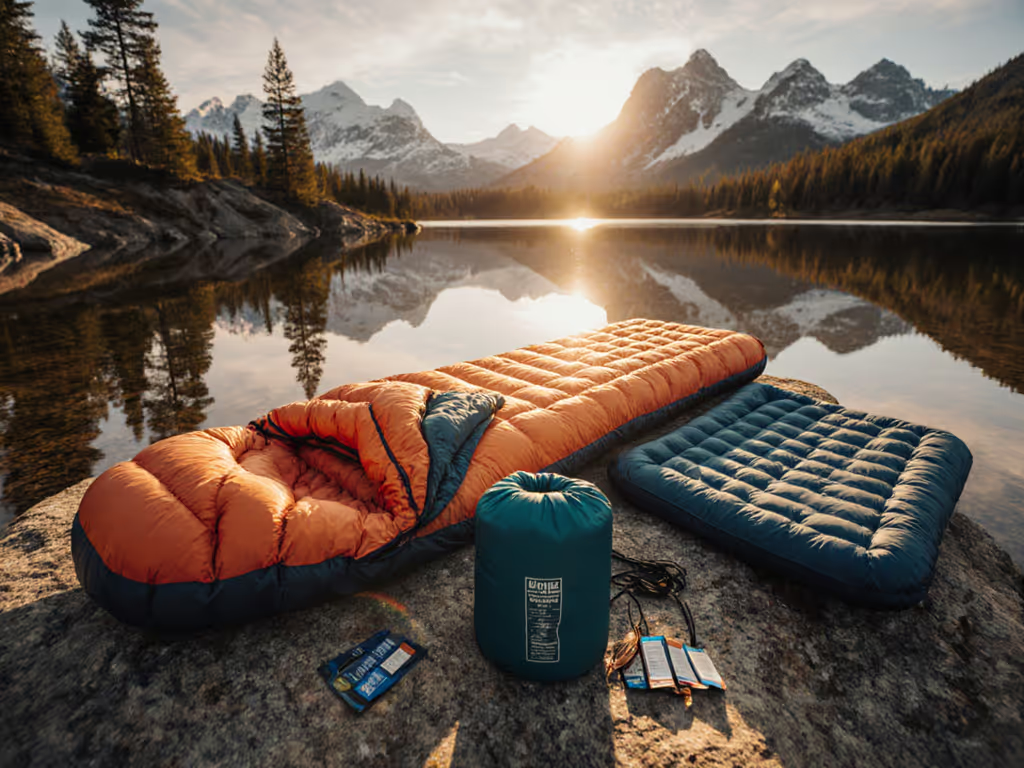
Dialing in your 2022 ultralight backpacking gear is not just about shaving grams from your pack, it is about building a sleep system that keeps you warm, safe, and genuinely rested when the weather turns. The lightest setup still fails if it leaves you shivering at 3 a.m., and the warmest bag still under-delivers if it is too heavy to carry comfortably for days. In this guide, you will learn how to balance bag or quilt warmth, sleeping pad thermal resistance (R-value), and shelter effects, while translating lab ratings from the International Organization for Standardization (ISO) into reliable, real-world choices. If you want a deeper primer, see our guide to ISO sleeping bag ratings. Along the way, we will leverage Backpacker Sleep’s plain-language expertise so you can evaluate insulation types, compare ratings, and choose eco-friendly options without second-guessing your comfort on trail.
Why Your Sleep System Matters More Than You Think
Your sleep system is the anchor of comfort, recovery, and decision-making on trail, which is why it is often the best return-on-weight investment in any lightweight kit. Studies on load carriage indicate that every kilogram added to your pack meaningfully increases energy expenditure and joint stress, yet poor sleep compounds fatigue even faster, eroding pace and morale long before sunrise. A smartly chosen bag or quilt, paired with an appropriate thermal resistance (R-value) pad, allows your body to recover deeply, so you hike with steadier energy and clearer judgment the next day. Think of the trio of bag, pad, and shelter as a triangle of warmth: change one corner and the whole structure shifts.
However, numbers alone do not tell the whole story. The International Organization for Standardization (ISO) 23537 temperature ratings are measured with controlled manikins and standardized clothing, so they are excellent for comparisons but imperfect mirrors of messy, humid, windy nights. Your metabolism, fit inside the bag, food intake, and site selection sway the outcome, often by several degrees. This is where Backpacker Sleep’s field-grounded reviews and translation of lab metrics shine, turning those controlled numbers into realistic ranges for specific conditions and sleepers, and helping you decide when to go lighter and when to add a margin of safety. For a fundamentals deep-dive, start with our down vs synthetic comparison that tests hydrophobic down against modern synthetics in real moisture.
2022 Ultralight Backpacking Gear: Sleep System Basics and Terminology
Before you choose, get fluent in the language. Comfort rating marks the lowest temperature at which a cold sleeper is expected to remain comfortable, while limit rating indicates the lowest temperature at which a warm sleeper remains comfortable in a curled position. The International Organization for Standardization (ISO) 23537 standard enables apples-to-apples comparisons, but remember the ratings assume a full-length pad of adequate thermal resistance (R-value), a hat, and base layers. Fill power describes down’s loft, with higher numbers indicating more loft per gram, and construction details such as baffle height, differential cut, and draft collar quality influence both practical warmth and weight.
Watch This Helpful Video
To help you better understand 2022 ultralight backpacking gear, we've included this informative video from Justin Outdoors. It provides valuable insights and visual demonstrations that complement the written content.
Pay special attention to your sleeping pad, since ground insulation often determines whether your expensive bag performs anywhere close to its label rating. Thermal resistance (R-value) is additive across stacked pads and is independent of the International Organization for Standardization (ISO) sleeping bag test, which means a marginal pad can sink an otherwise excellent sleep system. Fit is another essential element: a bag that is too tight compresses insulation and restricts blood flow, while one that is too roomy forces your body to heat wasted air. Backpacker Sleep’s buyer guides break down these terms with simple visuals described in text, for example, imagine a sketch of two silhouettes inside different bag profiles to show how extra internal volume increases air to heat.
| Term | Plain-English Meaning | Why It Matters |
|---|---|---|
| Comfort vs Limit (International Organization for Standardization [ISO] 23537) | Temperatures representing likely comfort for cold and warm sleepers | Guides real-world safety margin for your personal sleeping style |
| Fill Power | Down loft per unit weight | Higher fill power achieves warmth with less weight |
| Thermal Resistance (R-value) | Pad’s resistance to heat loss into the ground | Determines whether your bag can meet its rating |
| Draft Collar and Baffles | Insulated features that seal warm air | Reduce heat leaks, improve sleep without extra ounces |
| DWR (durable water repellent) Finish | Water-repellent treatment on fabric | Helps shed condensation and light moisture |
Down vs Synthetic: Warmth-to-Weight, Wet Resilience, and Sustainability
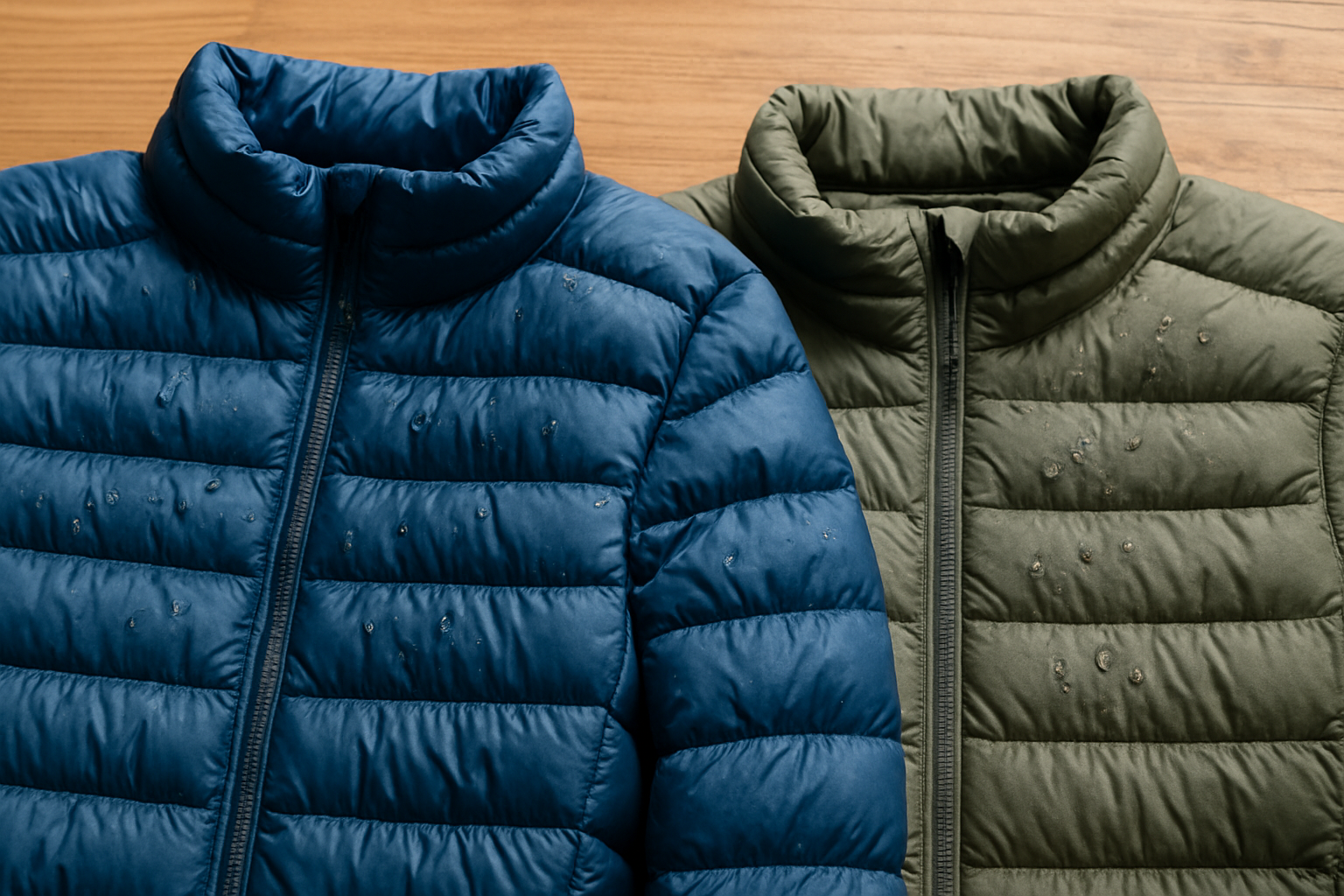
Choosing insulation is where many backpackers feel stuck, since down and synthetic fill excel in different ways. High fill power down offers industry-leading warmth-to-weight and compressibility, making it the go-to for long mileage and shoulder-season trips when every gram counts. Yet down’s Achilles’ heel is moisture; when thoroughly wet it clumps and loses loft, though modern hydrophobic treatments and good moisture management habits can mitigate the risk. Synthetic insulation weighs more for the same warmth, but it retains a higher percentage of warmth when damp and dries faster, which can be a lifesaver in persistently wet climates or if you often camp near foggy lakes and rivers.
Sustainability and ethics matter too. Look for Responsible Down Standard (RDS) certifications on down, and recycled or bio-based synthetic fibers that avoid perfluorinated compound (PFC) treatments and rely on better chemistry for durable water repellent (DWR). Backpacker Sleep’s eco-friendly roundups flag brands that publish traceability data and minimize carbon dioxide (CO2) impact through recycled shell fabrics and repairable designs. If you hike in mixed conditions, a hybrid approach can work: a down quilt for maximum efficiency plus a synthetic insulated jacket to bridge unexpected cold or wet spells. Not sure which path fits your climate and sleep habits? This is where our comprehensive reviews compare warmth, weight, humidity tolerance, and cost side by side for clarity you can trust.
| Feature | High Fill Power Down | Synthetic Insulation |
|---|---|---|
| Warmth-to-Weight | Best-in-class for grams saved per degree | Good but heavier for equivalent warmth |
| Wet Performance | Loft collapses when soaked, improved by hydrophobic treatments | Retains more warmth when damp, dries faster |
| Compressibility | Excellent, packs very small | Moderate, larger packed size |
| Cost | Higher, especially at premium fill powers | Typically lower and more predictable |
| Ethical and Eco Considerations | Look for Responsible Down Standard (RDS), PFC-free durable water repellent (DWR) shells | Seek recycled fibers and PFC-free treatments |
| Best Use Cases | Dry to mixed climates, low base weight goals | Humid regions, frequent condensation, budget builds |
Sleeping Pads and Thermal Resistance (R-value): The Hidden Warmth Multiplier
Many cold-night stories begin not with the bag but with an undersized pad. The ground is an infinite heat sink, and your body loses warmth through conduction unless your sleeping pad’s thermal resistance (R-value) is aligned with the season. Because thermal resistance (R-value) is additive, you can stack a closed-cell foam (CCF) pad under an inflatable for shoulder-season or winter without breaking the bank. Site selection matters too: choose dry duff or pine needles when available, avoid hollows where cold air pools, and use your empty pack under your feet if your pad is short. Backpacker Sleep’s guides explain how to estimate your minimum nighttime low and pick an appropriate thermal resistance (R-value) range rather than a single number, which better reflects real-world variability.
What about side sleepers and taller hikers? Side sleepers can dial comfort and warmth with our side-sleeper bag guide. A thicker pad can prevent hip and shoulder pressure points that otherwise compress your bag’s loft, and an extra-long pad reduces foot cold spots in sub-freezing conditions. Think through your whole insulation stack, including sleep clothes, since the International Organization for Standardization (ISO) bag ratings assume a base layer. For quick planning, use the table below as a conservative starting point, then refine with your own cold or warm tendencies. Notice how even a strong bag underperforms if the thermal resistance (R-value) is too low for the expected minimum temperature.
| Expected Nighttime Low | Recommended Pad Thermal Resistance (R-value) | Notes |
|---|---|---|
| 10 to 15 C | 1.5 to 2.0 | Warm summer, pair with a breathable quilt |
| 5 to 10 C | 2.0 to 3.0 | Late spring or early fall, consider a light closed-cell foam (CCF) booster |
| 0 to 5 C | 3.0 to 4.0 | Shoulder season, stack pads if you sleep cold |
| -5 to 0 C | 4.0 to 5.0 | First snow, prioritize full-length pads |
| -10 to -5 C | 5.0+ | Winter travel, double up for frozen ground |
The Complete Checklist: Lightest, Warmest Sleep Systems by Scenario
Checklists keep you honest and focused, especially when forecasting shoulder-season swings or unknown alpine weather. Start with your lowest expected temperature and decide whether you want a comfort margin of 3 to 6 C, which most hikers appreciate after long, calorie-depleted days. Match bag or quilt style to your movement preferences: active sleepers often prefer quilts with secure pad attachment systems, while still sleepers may value a slim, efficient mummy bag with an effective draft collar. Then confirm your pad thermal resistance (R-value), your sleep clothes, and straightforward humidity management habits like venting a shelter and airing out your bag during breakfast when the sun allows.
To make it practical, use the scenario matrix below as a planning tool. It summarizes a balanced warmth-to-weight target for common trips, notes on humidity and wind, and a reminder to fine-tune based on your personal cold or warm bias. When in doubt, Backpacker Sleep recommends protecting your core warmth first, since a slightly heavier but reliably warm system often saves miles and morale when conditions turn. After a few nights, you will have your own feedback loop that is better than any lab number, and you can adjust confidently.
| Scenario | Bag or Quilt Comfort Rating | Target System Weight | Pad Thermal Resistance (R-value) | Key Notes |
|---|---|---|---|---|
| Warm Summer, Low Humidity | 10 to 15 C comfort | 700 to 1000 g total | 1.5 to 2.0 | Favor quilts, maximize ventilation, minimal sleep clothes |
| Shoulder Season, Mixed Forecast | 0 to 5 C comfort | 900 to 1300 g total | 3.0 to 4.0 | Add pad straps, prioritize draft collar, carry dry sleep socks |
| Humid Coastal or Foggy Forest | 5 to 10 C comfort | 1000 to 1400 g total | 2.0 to 3.0 | Lean synthetic or treated down, air-dry at camp, manage condensation |
| High Alpine, Light Wind | -5 to 0 C comfort | 1100 to 1600 g total | 4.0 to 5.0 | Use draft collar, consider down hood, wind-sheltered bivy spot |
| Early Winter Overnight | -10 to -5 C comfort | 1500 to 2100 g total | 5.0+ | Stack pads, wear dry base layers, hot bottle trick for feet |
- Carry a dedicated dry bag for your sleep system, even inside a water-resistant pack liner.
- Practice attaching quilts to pads at home to avoid drafts on windy nights.
- Vent shelters to reduce condensation, and wipe inner walls with a dedicated cloth.
- Eat a warm meal or snack before bed so your metabolism can fuel overnight warmth.
From Lab Ratings to Real Warmth: How Backpacker Sleep Guides Your Choice
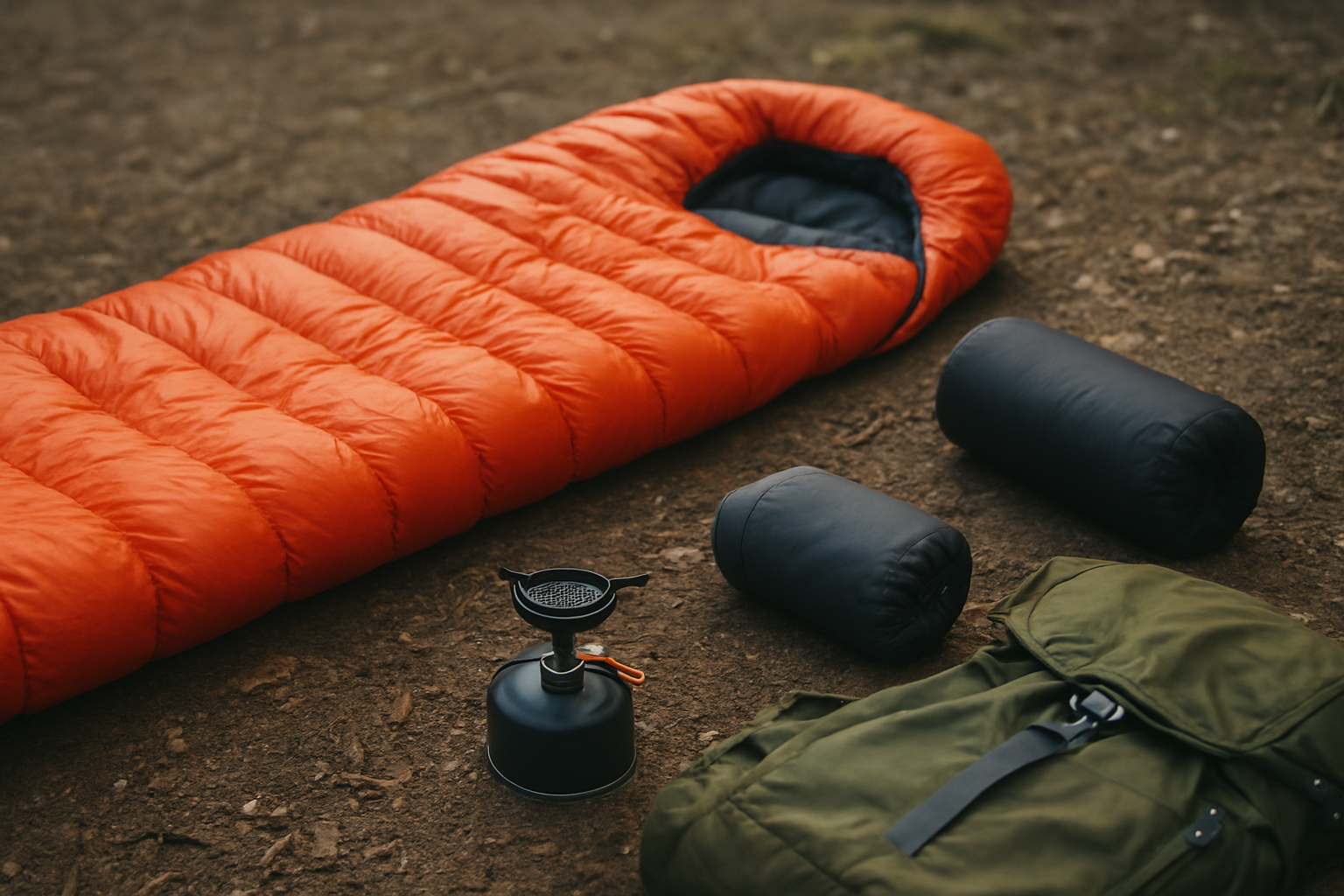
Many hikers tell us they get lost translating International Organization for Standardization (ISO) and European Norm (EN) numbers into what they will actually feel at 2 a.m. on a ridge. Backpacker Sleep solves this by pairing the lab metrics with measured fit, construction quality, and humidity tolerance, then presenting a clear recommendation that says, in effect, if you sleep cold, add a modest margin or step up your pad thermal resistance (R-value); if you sleep warm, you can trim weight safely here. Our comprehensive reviews on sleeping bags for various conditions show you what changes when the wind picks up, the pad is shorter than full length, or your shelter is pitched on granite rather than forest duff, so there are fewer surprises in the backcountry.
Because bag ratings assume ideal pad thermal resistance (R-value), many real-world misses come from under-insulated ground contact, an oversized bag that wastes heat on air volume, or a too-snug fit that compresses loft. Use the quick-reference table below to translate numbers into practical decisions. It is not a rigid rule, but a framework refined by field use that, combined with Backpacker Sleep’s detailed lab-to-trail explanations, will get you much closer to right on your first try.
| Label or Condition | Real-World Guidance | Backpacker Sleep Tip |
|---|---|---|
| Comfort 0 C, Limit -6 C (International Organization for Standardization [ISO] 23537) | Cold sleepers treat 0 C as realistic minimum, warm sleepers may approach -3 C with care | Increase pad thermal resistance (R-value) to 4.0+ if ground is frozen or windy |
| Bag Feels Drafty in Wind | Wind strips heat through fabric and seams, even inside tents | Use shelter orientation and a draft collar; consider a quilt with secure straps |
| High Humidity or Condensation | Down can slowly lose loft over several damp nights | Prefer synthetic or treated down, sun-dry at lunch breaks when possible |
| Fit Too Roomy | Excess air volume increases warm-up time | Size down or add a lightweight liner to reduce dead air |
| Pad Below Suggested Thermal Resistance (R-value) | Expect to feel colder than the bag’s label | Stack a closed-cell foam (CCF) pad to boost insulation quickly |
Expert Tips, Care, and Sustainable Choices That Pay Off
Great sleep on trail is a system, not a single purchase. Pack dry sleep socks, a warm hat, and a breathable base layer so you can separate damp hiking clothes from your overnight insulation, which protects both your warmth and your bag’s long-term loft. In gusty weather, pitch your shelter with a lower profile and place the foot end into the wind to reduce drafts, then lightly cinch the hood and draft collar to seal warmth without trapping excess moisture. For eco-conscious choices, look for Responsible Down Standard (RDS) down, recycled shell fabrics, PFC-free durable water repellent (DWR), and products designed for repair, since extending a bag’s lifespan can be more sustainable than replacing it with a marginally lighter option.
Care is simple and powerful. Follow our sleeping bag care guide to preserve loft and extend warmth. Store down and synthetic bags uncompressed to preserve loft, wash with appropriate cleaners when you notice reduced loft or persistent odors, and refresh durable water repellent (DWR) finishes per manufacturer guidance. Track your actual minimum temperatures and comfort in a trail journal; within a few trips, you will know whether to choose the next-lighter quilt or keep a particular bag as your all-conditions standby. Backpacker Sleep’s guides and reviews tie these habits back to International Organization for Standardization (ISO) ratings and thermal resistance (R-value) choices, so your 2022 kit evolves deliberately rather than by guesswork.
Quick Visual Cue, Described: Imagine a simple diagram with three concentric circles. The inner circle is your bag or quilt rating, the middle circle is pad thermal resistance (R-value), and the outer circle is shelter site and wind. The warmer each circle, the more overlap you create. Your goal is to balance circles, not to oversize one while starving another.
Backpacker Sleep integrates all these elements into an approachable decision path. Our comprehensive reviews on sleeping bags for various conditions are paired with plain-English breakdowns of International Organization for Standardization (ISO) metrics, detailed warmth testing, eco-friendly badges, and clear explanations of fit, thermal resistance (R-value), and humidity management. That is how confusing spec sheets become a confident, trail-proven sleep system you look forward to every night.
Final Thoughts
Lightweight miles start with a sleep system that is warm enough, light enough, and simple enough to use in the dark when it matters. In the next 12 months, expect more recycled fabrics, improved pad thermal resistance (R-value) at lower weights, and clearer International Organization for Standardization (ISO) disclosures that make comparisons easier. What will you change first to sleep warmer without carrying more?
When your checklist meets your climate, your comfort becomes predictable and your days feel longer in the best way. Ready to refine your 2022 ultralight backpacking gear with clarity instead of trial and error?
Additional Resources
Explore these authoritative resources to dive deeper into 2022 ultralight backpacking gear.
- 7.8 lb Ultralight Backpacking Gear List | 2025 Optimal Setup
- Outdoor Vitals - Performance First Ultralight Gear For Backpacking ...
Choose Smarter Sleep With Backpacker Sleep
Backpacker Sleep translates International Organization for Standardization (ISO) and lab ratings into real-world warmth with eco-friendly guidance, helping backpackers, hikers, and campers choose confidently.

